Lhasa is a modern city with various mysteries and legends. Here you can find all kinds of characteristics, ranging from tradition to fashion, from culture to reality. In this post, we’ll take you to dig deeper into Lhasa’s past via ancient streets and historic sites.
The formation of ancient streets in Lhasa started from the 7th century of Tubo Dynasty. At that time, paths, long or short, have appeared around Jokhang Monastery and Ramoche Temple. A bustling market with domestic and overseas goods also took initial shape.
By the 17th century, Tibetan society was relatively stable and economy was prosperous. Lhasa has achieved a greater development. Centering on Jokhang Monastery, the old trails have extended in all directions. At every intersection formed a small market. Rows upon rows of Tibetan monasteries, royal palace, aristocratic residence, business shops and folk houses were rising and lowering in good order, presenting a harmonious landscape.
In the 1960s and 1970s, Lhasa city still remained its medieval taste. Only few of aristocratic houses have turned into the authorities and schools. The internal structure has changed but the appearance kept the same. Till the early 1990s, reconstruction of old buildings was rising in Lhasa. However, the architectures and streets basically maintained their original shape.
Since the late 1990s, great changes have taken place in Lhasa. New houses and markets have sprung up like mushrooms, eclipsing the original ancient streets.
1. Barkhor Street
In the beginning, Barkhor Street was just a ritual walk path. With time floating by, it evolved into a commercial street and boomed at the early half of the 20th century. Merchants from Nepal, India and Beijing also came here to run business, launching fierce competition with Hui people as well as Tibetan traders.
Located at the No.27, Barkhor North Street, Syamukapu, an antique shop, was set up by Nepalese Basuranna in 1930s. The name Syamukapu, meaning white hat in Tibetan language, has its own story. Basuranna was hard for Tibetans to pronounce and he always wore a Nepali white hat. Thus, people simply call him Syamukapu. So that’s how the shop got its name. It’s said that the first car in Tibet was also imported by Syamukapu from Nepal.
On either side of Barkhor Street stand Tibetan traditional buildings with flat roofs. Those architectures are made of wood and stone. While touring Lhasa city, you’ll see colorful valances fluttering on the black doors and beautiful flowers clustering on the windowsill.
Lhasa people love flowers, especially tricolor Zhuoma medok. In their mind, Zhuoma medok is a patron with three saints. White stands for the Goddess of Mercy, red for the thunder God, and yellow for the Manjushri Bodhisattva. It is believed that three-color flowers can be equal to ever-burning lamps in front of Buddha.
2. Hebailin Street
Hebailin Street is a long east-west road, covering a distance of one kilometer. It starts from Tiebenggang cross in the east and ends at Qingsu flag pole on Barkhor East Street. More than 50 old-style houses scatter along both sides, including noble mansions, religious temples, shops, Tibetan dwellings and Hui residence, etc.
In the past, there was a strict regulation that no on can build a house with over three floors. Because Jokhang Monastery, home to Buddha Shakyamuni, only has four storeys. Once exceed, it would offend the Buddha. Therefore, the highest building on Hebailin Street just has three layers.
3. Grand Mosque – the First Islam Temple in Tibet
Situated at the south of Tiebenggang cross, Grand Mosque was the first Islam temple built in Lhasa. It covers an area of over 2,600 square meters, consisting of gates, courtyards, chapels, minarets, bathing room, etc.
There was an Islamic community nearby, housing 50 Hui households. It’s common to see neat bungalows with clean yards. And Hui people mainly live on catering, farming, slaughtering and so on. Islamic faculty also live near to the grand mosque.
4. Huokang Mansion
Nuoyan· Heshuoqiyundan, the founder of Huokang mansion, was a younger brother of Tuobo king Poluoding. Huokang family has a history of more than three hundred years. Both modern famous politician Apei·Awangjinmei and great scholar Huokang·Suolangbianba also came from this noble family.
Huokang Mansion is a majestic watchtower against Hebailin street. Facing to Lhasa river, the main building in the north has three floors. A two-storey house nearby, named Huosu, is a branch of Huokang family.
5. Dunsusekang – the Residence of Tsangyang Gyatso’s Lover
At the west end of Hebailin old street towers a giant flagpole. This flagpole, known as Gandantaqing or Xiajiali, was erected by master Tsongkhapa for commemorating the first dharma assembly in Lhasa at 1409. In the eyes of Tibetans, it is sacred for containing a rattan in Tsongkhapa’ pilgrimage. According to local customs, it will be replaced with new prayer flags and hada on every May 15th in Tibetan calendar.
Dunsusekang, a two-floor Tibetan building in brilliant yellow, sits next to the big flagpole. Legend has it that the sixth Dalai Lama Tsangyang Gyatso (1683-1706) once lived here with his lover Makye-ame.
6. Linkuo South Road
Hundreds of years ago, Linkuo South Road was still the bank of Lhasa river. Now, it has changed its name to Jinzhu East Road, where you can pay a visit to Canggu Nunnery, the most famous nunnery in Lhasa city.
In ancient times, floods stroke Lhasa every year, threatening the safety of local people. In order to relieve sufferings, Tibetan king Songtsen Gampo had a hole dug on the riverbank and seated himself at the cave to chant for God’s blessings. Thus, this place was named as Canggu, which means a cave for praying. Although one thousand years have past, this cave is still well-preserved with a statue of Songtsen Gampo shrined. You’ll see many people stop to bow down at this holy burrow.
At the 15th century, Gujiudundan, a follower of Tsongkhapa Guru, built a nunnery here. Many rich families began to send their daughers to Canggu Temple for further learning and spiritual practice. Therefore, Canggu Nunnery becomes a religious institute for Tibetan women.
Tibetan people often say that your Tibet tour won’t be complete without being to those ancient streets. Just put all your troubles aside, let’s start a spiritual journey from Barkor Street. Here we also provide you with the ultimate Lhasa travel guide for you Lhasa tour and trip.
>> Visit Lhasa: the most complete guide to Lhasa travel in 2019 and 2020
>> Lhasa Town: ultimate guide to your day tour in Lhasa
>> Lhasa Day Tours: How to arrange day trip in Lhasa
>> Lhasa Pilgrim Circuits and Kora: top spiritual walk you should know in Lhasa
.jpg)




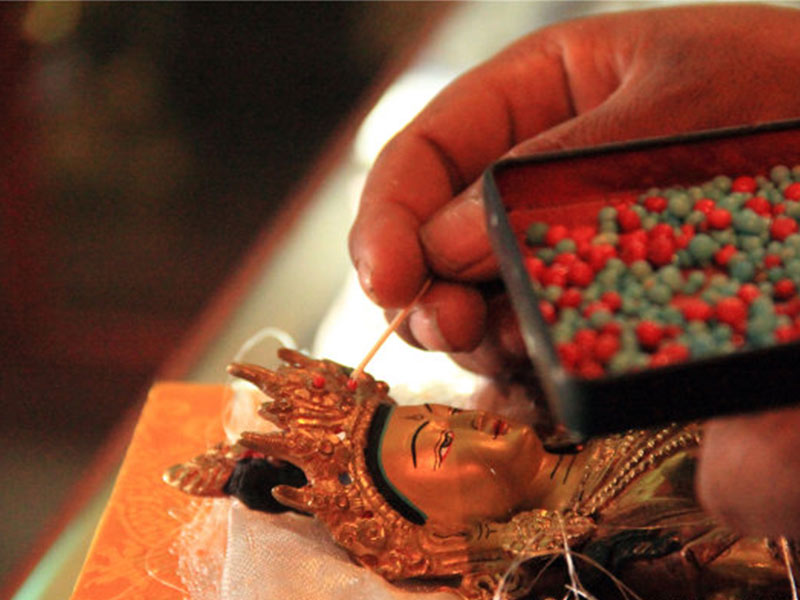
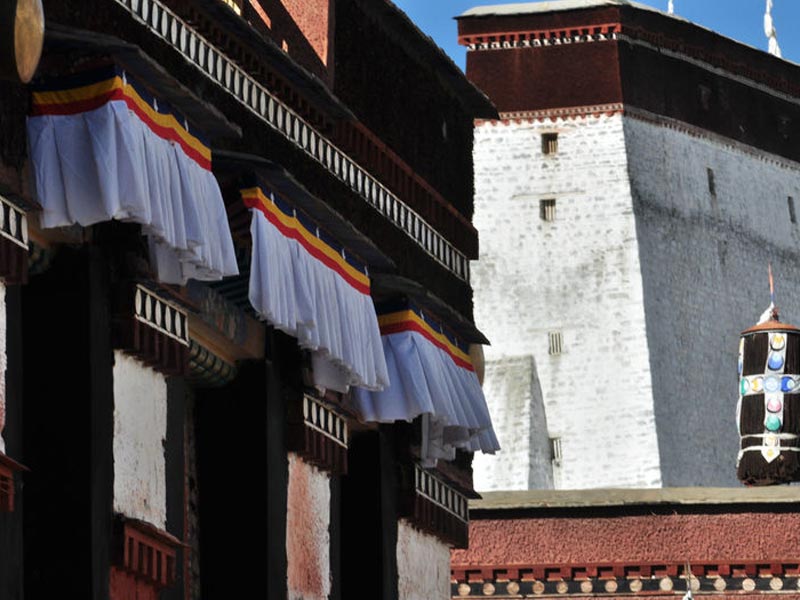
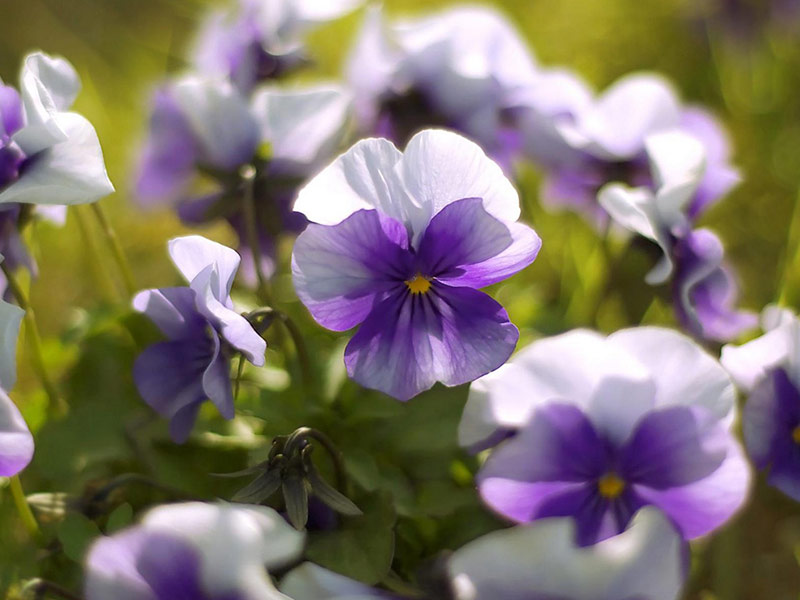
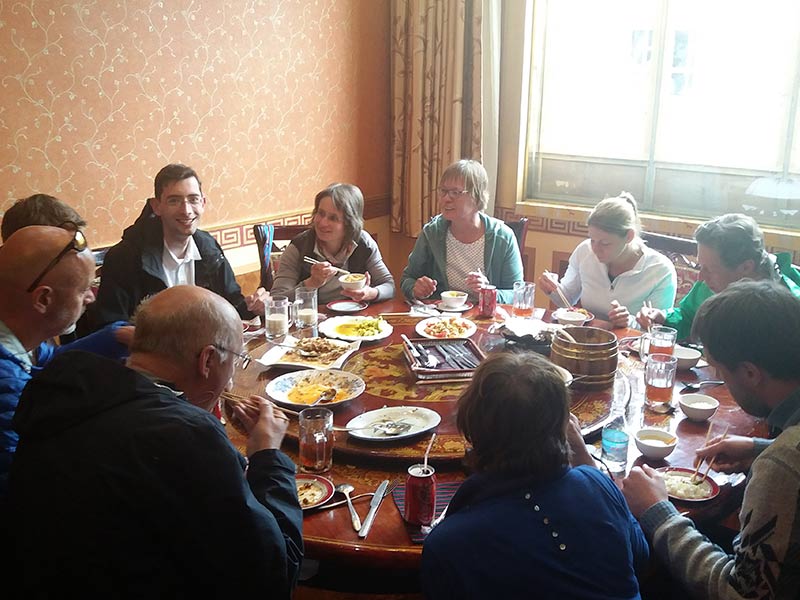

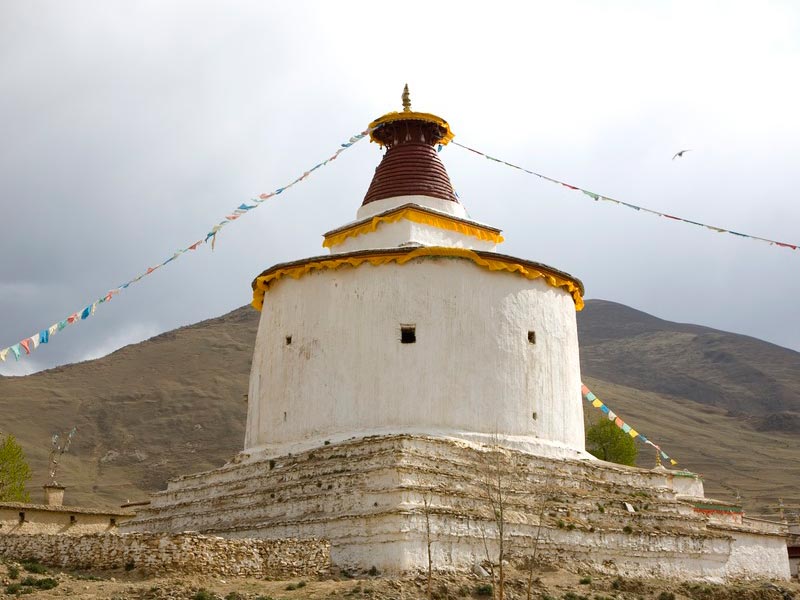
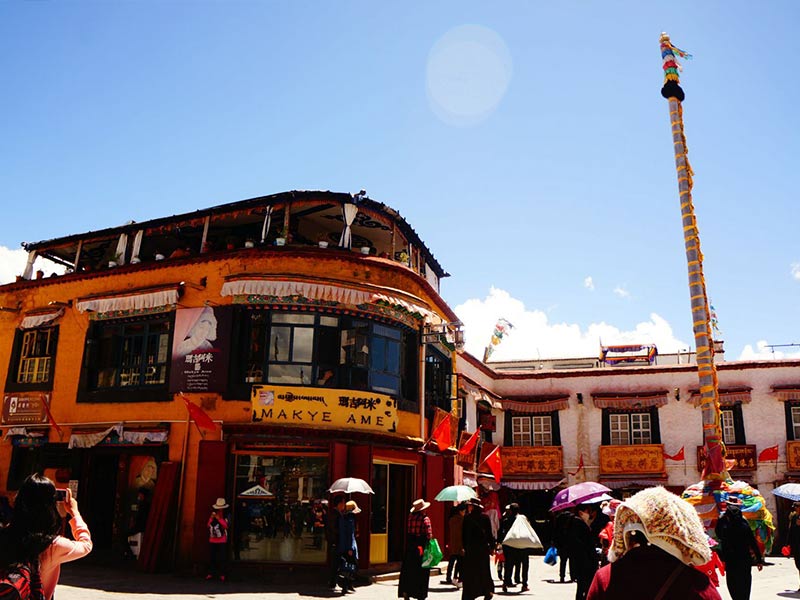





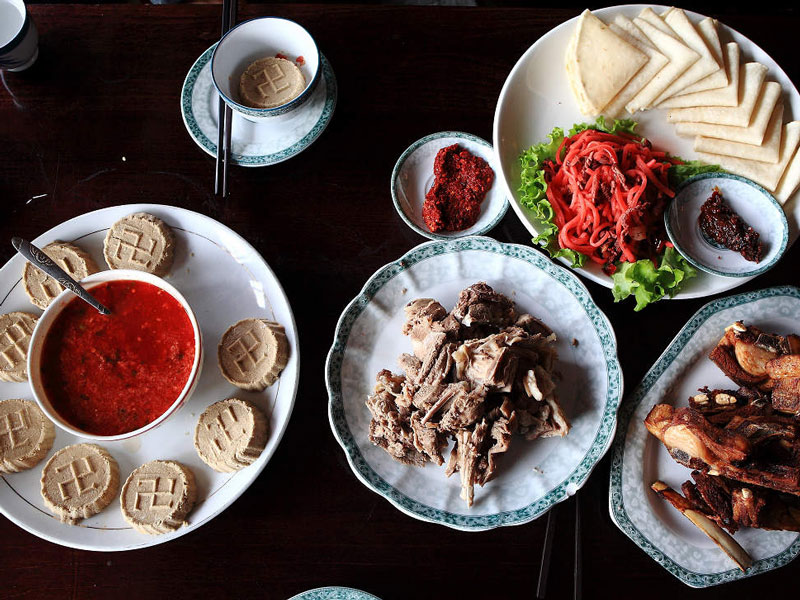
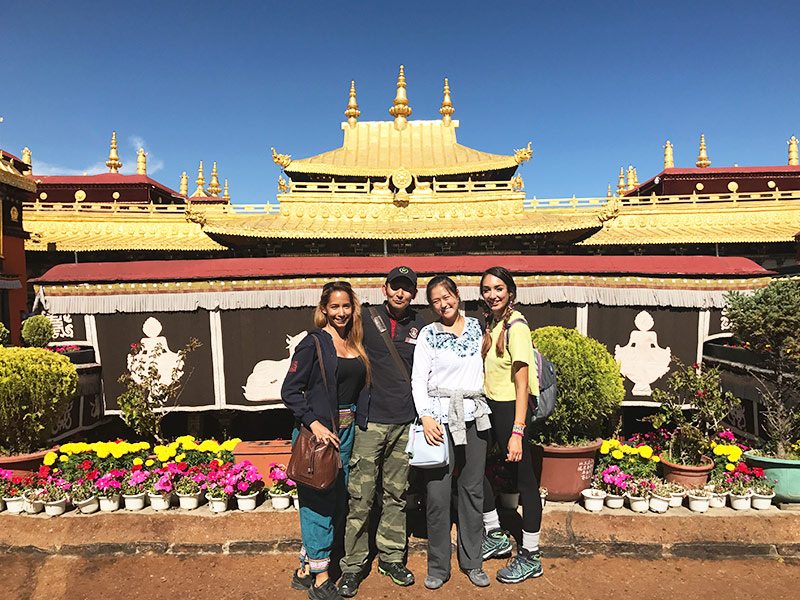
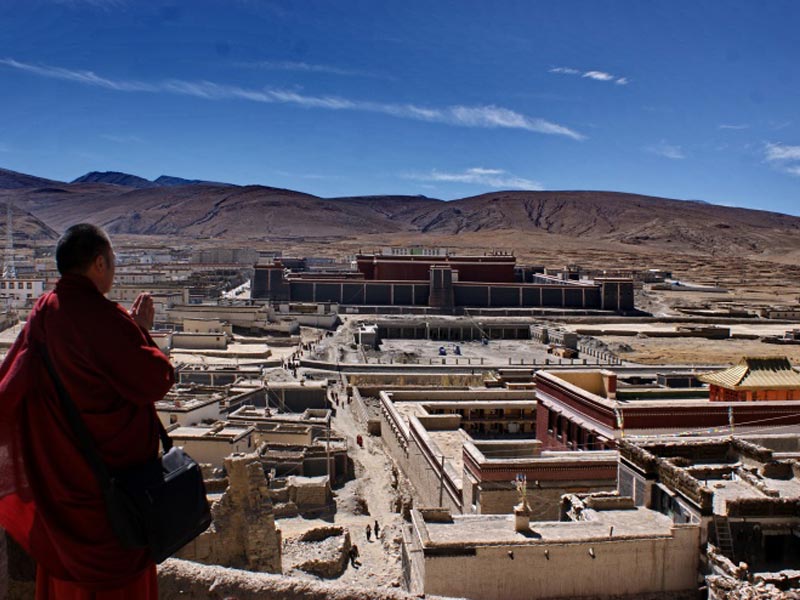

0 Comment ON "In-depth Lhasa Tour through Ancient Backstreets"